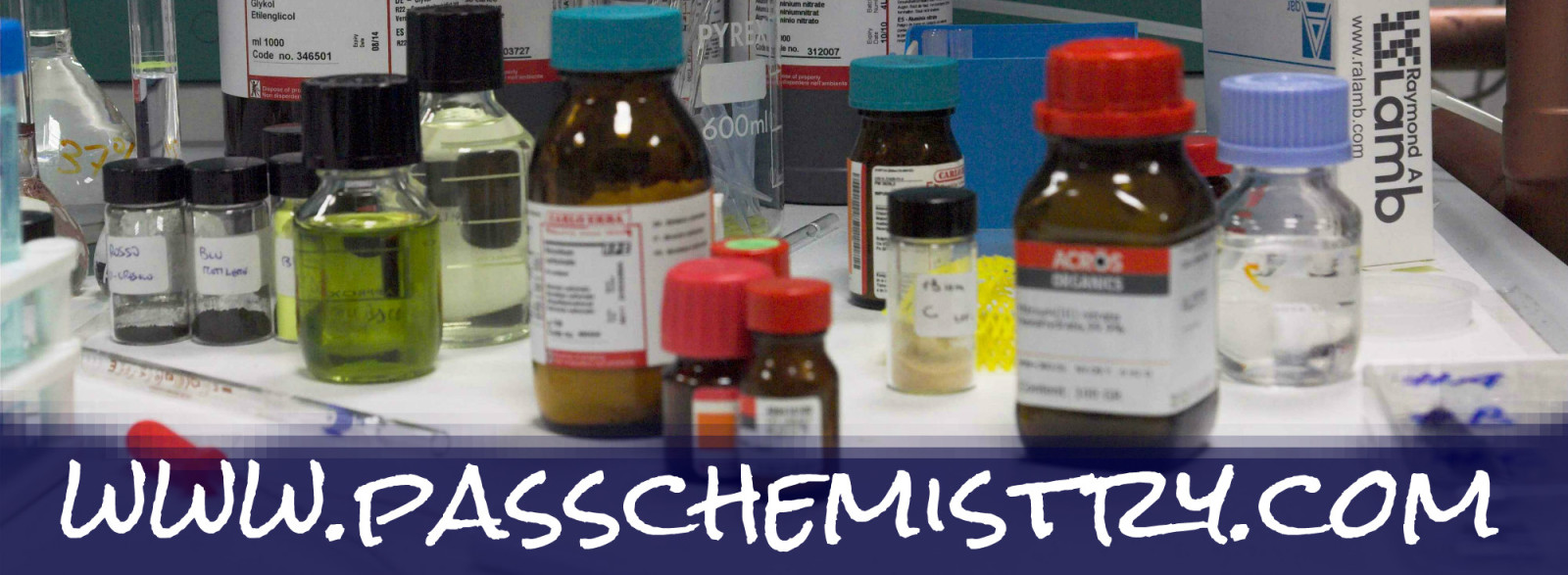Boyle’s Law- Pressure Volume Relationship
From his experiments Robert Boyle proposed that the volume of a fixed quantity of gas at constant pressure is inversely proportional to its pressure. P1V1 = P2V2 The process Continue Reading →
Chemistry Tutorials and Help

From his experiments Robert Boyle proposed that the volume of a fixed quantity of gas at constant pressure is inversely proportional to its pressure. P1V1 = P2V2 The process Continue Reading →
Proportionalities: Mathematically, two variables are said to be proportional if there is a constant ratio between them. Directly proportional: When both variables change in the same direction Continue Reading →
The following abbreviations and units are commonly used: V= Volume (usually in liters) T = Temperature (always in Kelvin) P = Pressure (usually in Pascals or atmospheres) Continue Reading →
The kinetic molecular theory allows us to explain behavior of gases through modeling. Assumptions of the kinetic molecular theory: Particles of the gas are small and have negligible volume compared Continue Reading →
All matter on earth exists in one of three main states: solid, liquid, or gas. The states of matter differ in terms of particle arrangement, energy of the particles, and Continue Reading →
NaOH soluble Fe2S3 insoluble MgSO4 soluble PbCl2 insoluble Ba(NO3)2 soluble MgCO3 insoluble Magnesium Phosphate insoluble Silver Nitrate soluble Barium Carbonate insoluble Calcium Chloride soluble Aluminum Sulfide insoluble Na2SO4 soluble Li2CO3 Continue Reading →
Using the solubility-rules, determine whether the following compounds would be soluble or insoluble in water NaOH Fe2S3 MgSO4 PbCl2 Ba(NO3)2 MgCO3 Magnesium Phosphate Silver Nitrate Barium Carbonate Calcium Continue Reading →
a. 0.500 mol Rb b. 0.134 mol Kr a. 0.6046 x 10^23 molecules b. 1.5 x 10^24 molecules a. 3.00 x 10^24 molecules b. 3.13 Continue Reading →
Identify each of the following compounds as ionic, covalent, or acid. Then write the formula for the compound: 1.Cobalt (II) perchlorate 2.) Tetracarbon Heptasulfide 3.) Sodium chlorite 4.) Hydroiodic acid Continue Reading →
Identify each compound as ionic, covalent, or acid. Then name the compound: ) PbSO4 ) AlF3 ) BaO2 ) N2O5 ) HClO MgBr2 Ag2Cr2O7 ZnCl2 Fe(OH)3 H3PO4 Mixed Compounds #3 Continue Reading →